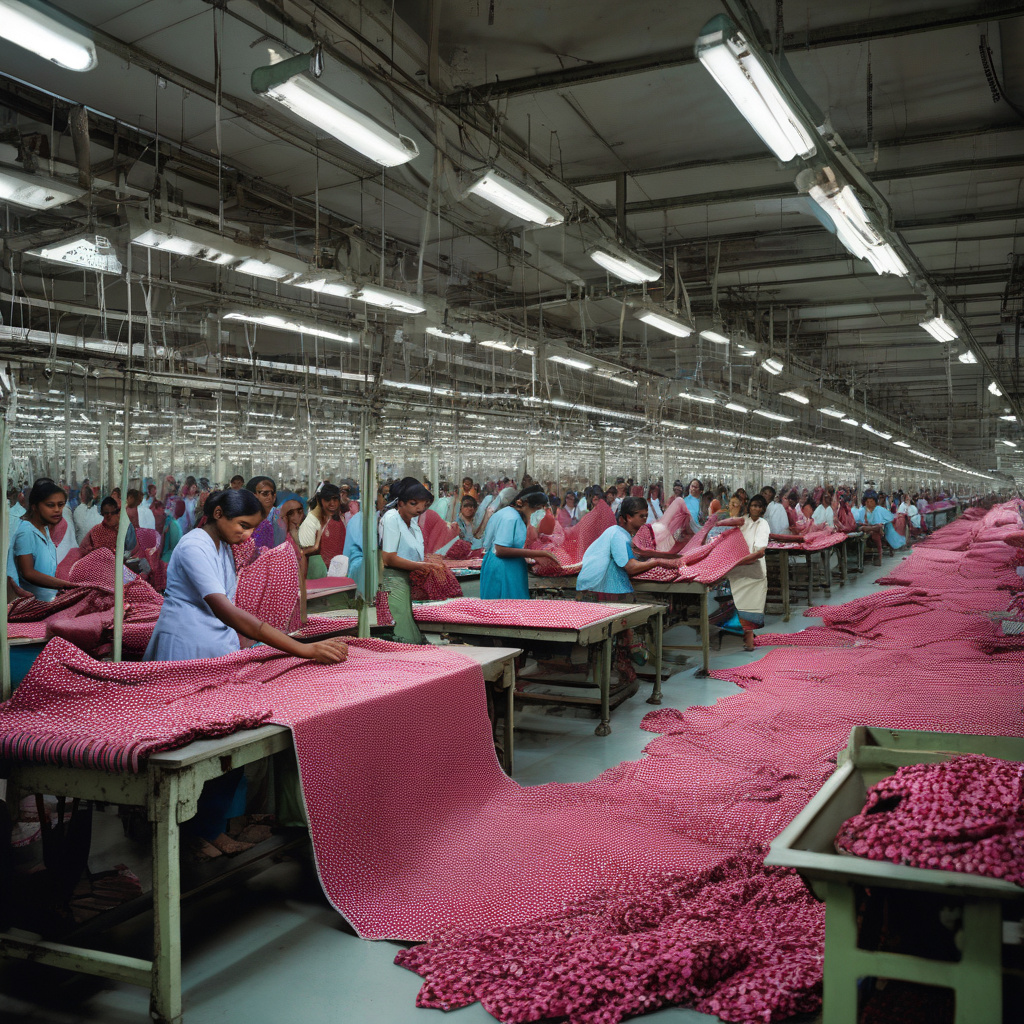Trump Tariff Shock Stings Bangladesh, Sri Lanka Garment Giants, May Help India
The global economy is a complex web of interconnected markets, where decisions made in one part of the world can have far-reaching consequences for others. Recently, the imposition of a 37 percent tariff on garment imports by the Trump administration has sent shockwaves through Bangladesh and Sri Lanka, two major players in the textile industry. While this move has undoubtedly created challenges for these countries, it may also open up new opportunities for their neighbor, India.
Bangladesh and Sri Lanka have long been known as giants in the garment manufacturing sector, with a significant portion of their economies reliant on exports to countries like the United States. The sudden imposition of tariffs by the Trump administration has disrupted their carefully laid out plans, forcing them to rethink their strategies and consider alternative markets. This has put pressure on their economies and raised concerns about the future of their garment industries.
In contrast, India may stand to benefit from this situation. With its diverse economy and strong manufacturing base, India is well-equipped to fill the gap left by Bangladesh and Sri Lanka in the global garment market. The tariff imposed by the United States could redirect demand towards India, giving it a competitive edge and potentially boosting its exports in the coming months.
Moreover, India’s proactive approach to trade agreements and economic policies has positioned it favorably on the global stage. By fostering strong relationships with key trading partners and investing in infrastructure and technology, India has created a conducive environment for businesses to thrive. This, coupled with its large domestic market and skilled workforce, makes India an attractive destination for companies looking to diversify their supply chains.
While the immediate impact of the tariff on Bangladesh and Sri Lanka is undeniable, it is essential for both countries to adapt to the changing global landscape. This could involve exploring new markets, investing in innovation and sustainability, and upskilling their workforce to meet the evolving demands of the industry. By taking proactive measures to address these challenges, Bangladesh and Sri Lanka can mitigate the impact of the tariff and ensure the long-term sustainability of their garment industries.
In conclusion, the Trump administration’s decision to impose a 37 percent tariff on garment imports has sent shockwaves through Bangladesh and Sri Lanka, posing challenges for their economies. However, this move may also present an opportunity for India to expand its presence in the global garment market and strengthen its position as a key player in the industry. As the situation continues to unfold, it is crucial for all countries involved to adapt and innovate to navigate the ever-changing landscape of international trade.
tariff shock, garment industry, global economy, India advantage, textile market












